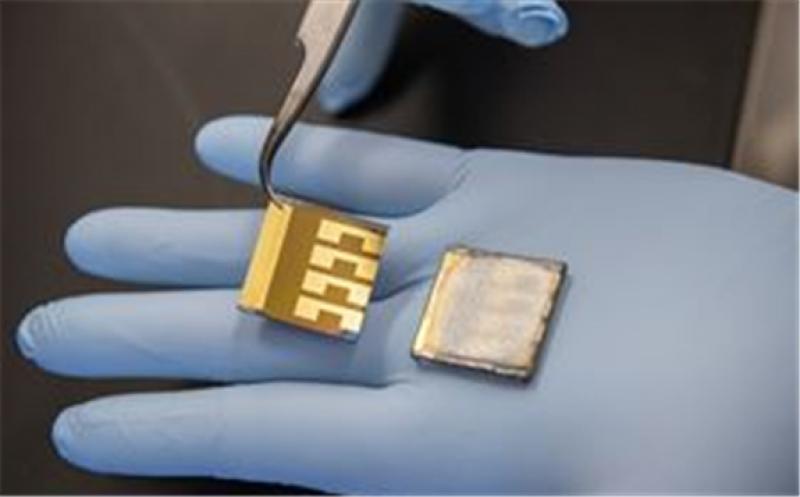
Researchers at the US National Renewable Energy Laboratory (NREL) and Northern Illinois University (NIU) have developed a technique to sequester the lead used in perovskite solar cells, a highly efficient emerging photovoltaic technology.
The light-absorbing layer in a perovskite solar cell contains a minute amount of lead. According to Kai Zhu, a senior scientist in the Chemistry and Nanoscience Center at NREL, the presence of this toxic material in the developing technology could turn some consumers away when perovskite solar cells become commercially available.
Zhu and other researchers at NREL and NIU have now outlined their solution to this problem in a paper in Nature. “This is a big step in the correct direction,” Zhu said. His co-authors are Fei Zhang and Joseph Berry from NREL, Xun Li and Tao Xu from NIU, and Haiying He from Valparaiso University.
“Lead toxicity has been one of the most vexing, last-mile challenges facing perovskite solar cells,” Xu said. “Our on-device lead-sequestration method renders a ‘safety belt’ for this fascinating photovoltaic technology.”
A lead-based perovskite solar cell’s highest efficiency – its ability to turn sunlight into electricity – runs close to 25%. But without the lead, that efficiency is cut in half.
Silicon solar panels, the industry’s dominant technology, contain lead solder, but that lead is not water soluble, whereas the lead used in perovskites can be dissolved in water. While existing analyses show this is not a major concern, the researchers developed a method to ensure the lead is sequestered should a cell become damaged.
They coated the front and back of a perovskite solar cell with two different lead-absorbing polymer films. Then, they damaged the two sides of the cell – slashing one with a knife and smashing the other with a hammer. Finally, they immersed the damaged cells in water of various types, including pure water, acid water and even flowing water to simulate heavy rain.
They found that the lead-absorbing films can prevent more than 96% of the lead from leaking into the water from the damaged cells, without having any effect on the performance of the solar cell.
This story is adapted from material from NREL, with editorial changes made by Materials Today. The views expressed in this article do not necessarily represent those of Elsevier.